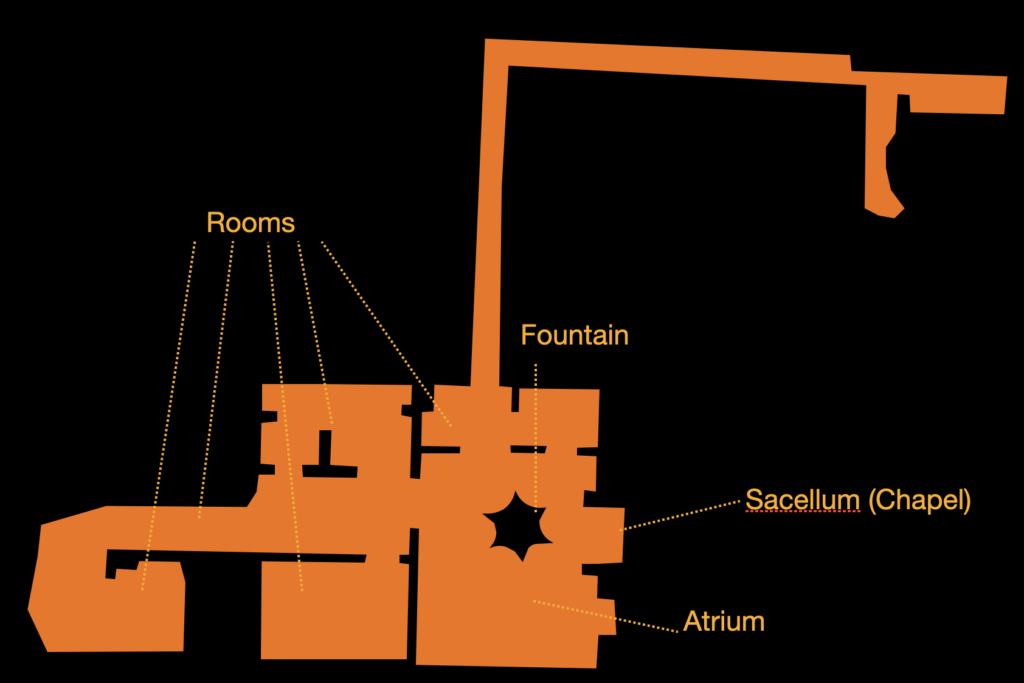Effects of Fire on Cultural Resources and Archaeology according the USDA
Fires can lead to the collapse or severe damage of these structures, resulting in the loss of unique architectural heritage. Preservation efforts help maintain the authenticity of these sites.
Protecting archaeological cultural resources, including artefacts, sites, and structures, against fire is critical because fire can pose a severe threat to these resources. In fact, archaeological cultural resources are often irreplaceable.
Fires can also disturb the stratigraphy and context of archaeological layers, making it challenging to reconstruct the historical timeline accurately. Many archaeological sites, moreover, include ancient structures and architectural elements.
Once damaged or destroyed by fire, artefacts, structures, and evidence are lost forever. Unlike some other forms of damage, fire can cause irreversible harm, erasing valuable insights into human history.
A problem neglected by the most of the studies concerning the protection of Cultural Resources against natural hazards deals with the exposition of archaelogical artefacts to vegetation fire risks.
All tangible and intangible cultural assets can be damaged by fires. Thus, archaeological remains are exposed to the risk caused by forest fires.
Frequently, moreover, archaeological sites contain fragile materials, such as organic remains (wood, textiles, bones), delicate artefacts, and ancient documents.
Fire can rapidly destroy these materials, which might be crucial for understanding the daily lives, technologies, and practices of past societies.
A publication, dated 2012, is an accurate state-of-knowledge review that provides a synthesis of the effects of fire on cultural resources.
The goal of the volume is to provide cultural resource/archaeological professionals some basic information on fuels, fire behavior, and fire effects to enable them to protect resources during fuels treatment and restoration projects and wildfire suppression activities.
The other goal is to provide fire and land management professionals with a greater understanding of the value of cultural resource protection and the methods available to evaluate and mitigate risks to Cultural Heritage.
The report describes fire effects on tangible and intangible cultural resources, for planning, managing, and modeling fire effects and a primer on fire and fuel processes and fire effects prediction model
A synthesis of the effects of fire on various cultural resource materials is provided for ceramics, rock art, historic-period artifacts/materials, and below-ground features. Finally, the document discusses the importance of cultural landscapes to indigenous peoples and emphasizes the need to actively involve native people in the development of collaborative management plans. The use and practical implications of this synthesis are the subject of the final chapter.
The report can be used by fire managers, cultural resource (CR) specialists, and archaeologists to manage more effectively wildland vegetation, fuels, and fire.
The risks of wildland fires to Cultural Heritage have been discussed in the STORM project, aimed at improving the protection of Cultural Heritage against the effects of climate change.
More on:







